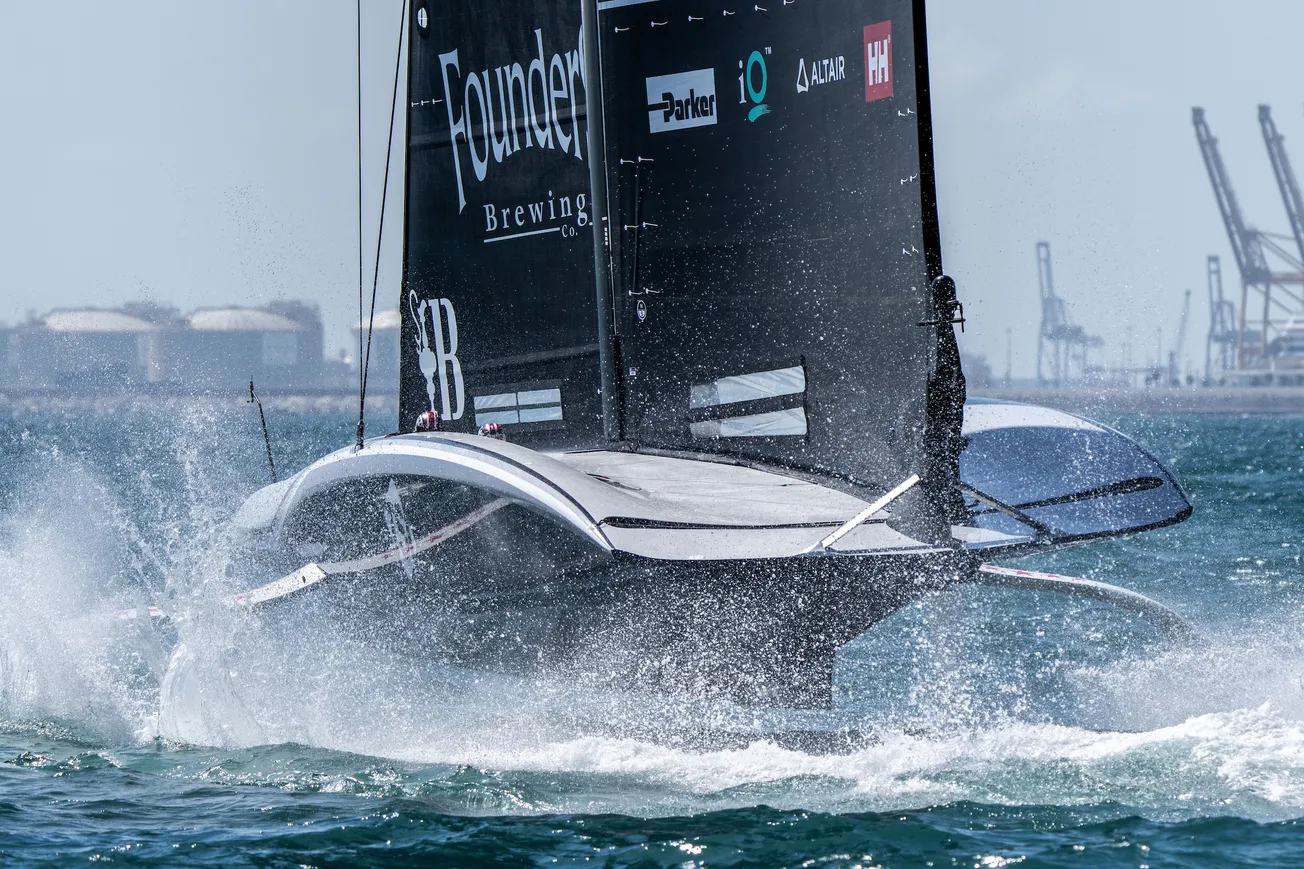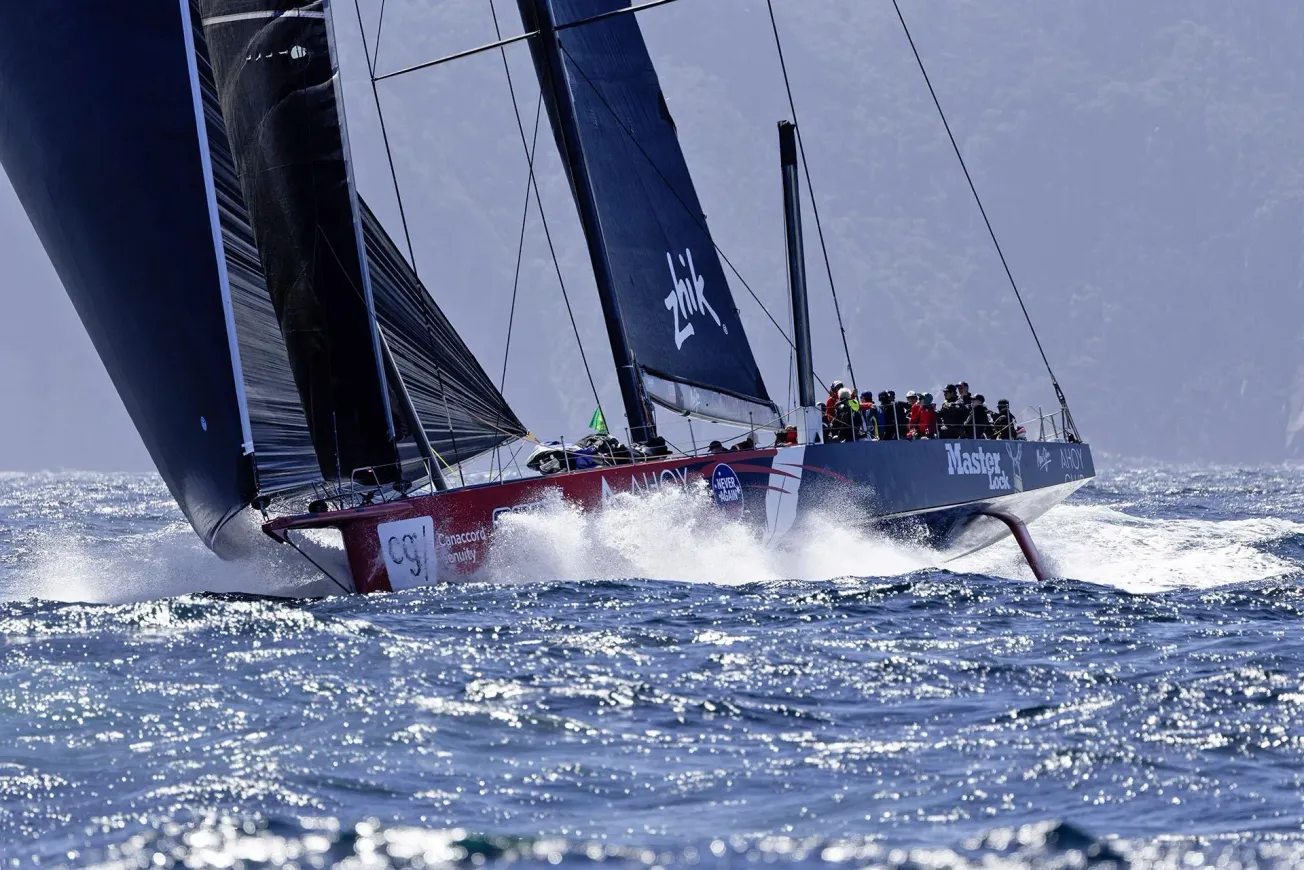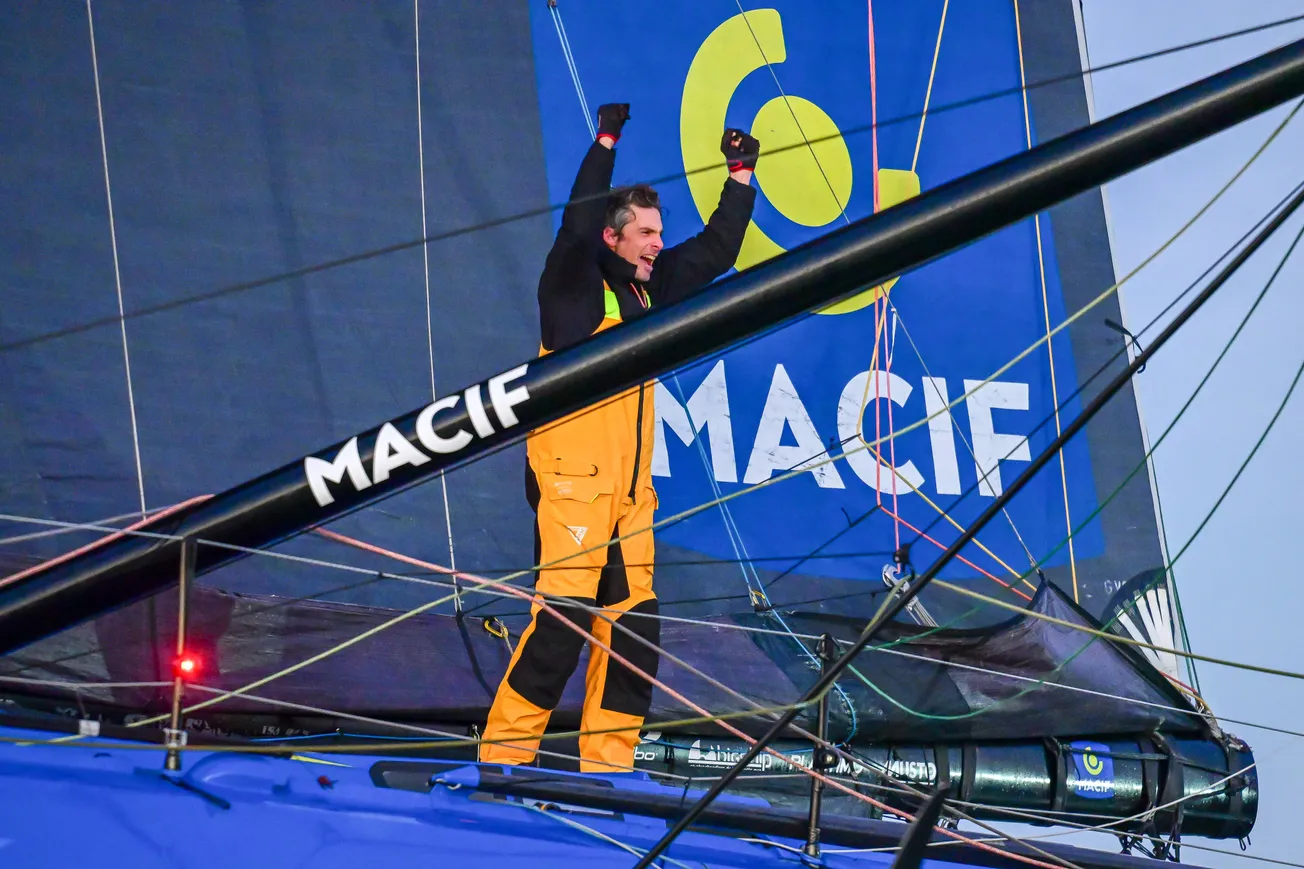

The America’s Cup looks set for a bright new future after the signing this week of a remarkable new Protocol document which has revolutionised sailing’s oldest and most prestigious competition.
There will of course be the naysayers and gloom merchants who will delight in picking holes in the America’s Cup’s new set of rules – and I’m sure there is plenty in the 70-page downloadable PDF for them to focus on and whinge about.
From my perspective, though, the positives of this new deal far outweigh the negatives and that is where I am going to choose to focus.
So what are the elements that I really like from the new AC38 Protocol?
Well, first up and most important is the end to the boom and bust era of America’s Cup cycles that saw sharp spikes of intense interest in the event while the racing was going on, but followed by desert dustbowls of inactivity and disinterest in the often prolonged periods in between editions.
With the best will in the world, you cannot expect to hold the attention of a mainstream sports fan for a sailing event – no matter how high-adrenaline and exciting it might be while it’s going on – over two or three years of downtime.
In the America’s Cup’s brave new format the 174-year-old regatta moves to a two-year cycle, with – importantly – a continuous management organisation that can ensure there are no deserts of attention-killing downtime in between.
One beneficial knock-on effect of this is that teams no longer have to go into hibernation in between events. No need to scale the headcount back to a skeleton staff when you are rolling straight into another America’s Cup Challenge. That means job security for the hundreds of boat builders, sailmakers, designers, hydraulic engineers, and many, many other roles that make up an America’s Cup syndicate. It also has the potential to make the elite end of the sport of sailing a viable career path for smart young people – in the same way that Formula 1 does.










